EOS 5D
v
EOS 5D Mark II
PART 5 - Noise
At the beginning of Part 3, I said detail was easy. Of course it is possible to make samples look more or less detailed by adjusting settings such as sharpening, but with two cameras which can use the same RAW processor with the same settings, it is possible to construct a pretty fair test.
Noise is harder. What we're looking for are pixels which have a random colour or brightness which is not a "proper" part of the image. Like the Vashta Narada they tend to dwell in the shadows. The reason for that is that where the signal is weak, noise is more obvious. By contrast well-lit, high-contrast images are likely to suffer much less from noise.
The reason noise is hard to compare is that your choice of processing makes as much difference as the ISO setting. Likewise your choice of exposure, subject matter and lighting conditions. It would not be difficult to show an image in ideal conditions (RAW, exposed "to the right" and darkened in post-processing, high-contrast subject in bright lighting) that looked better at ISO 3200 than another image in worst-case conditions (JPEG, underexposed and lightened in post-processing, low contrast subject in low light) at ISO 100. And that's before we even get started on the biggest problem with noise comparisons - noise reduction. For those who, like me, are prepared to do some "processing" work on their images it doesn't really matter how noisy an image looks straight out of the camera. What matters is how clean you can get it with the optimum combination of noise-reduction techniques. For others, clean JPEGs straight out of the camera are a necessity.
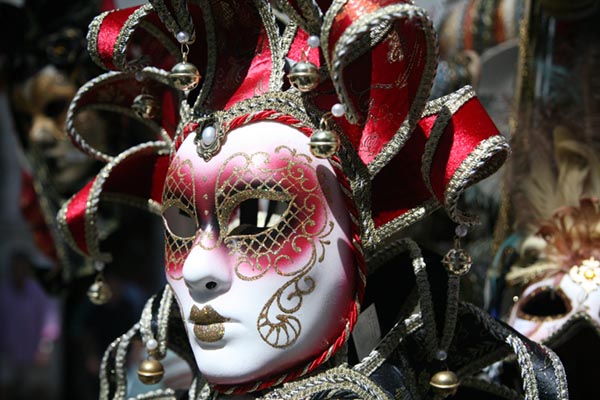
The image above was shot at ISO 1600 on the 5D. There was no reason for using ISO 1600 other than that I had used it the night before and forgot to change the settings. As there was plenty of light and a high-contrast subject, the image looks fine straight out of the camera as a JPEG. 100% crops below. Even looking into the out-of-focus shadows, the noise is not intrusive and would disappear in a print.
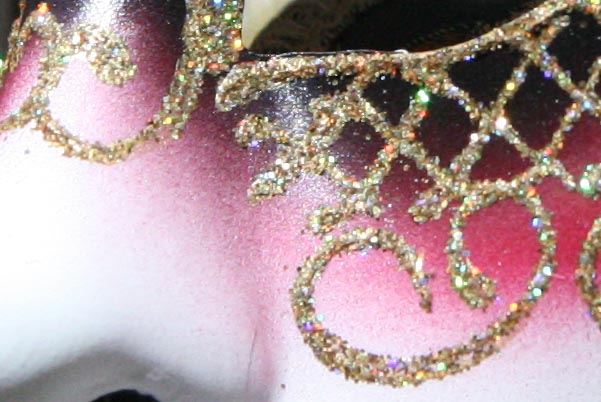
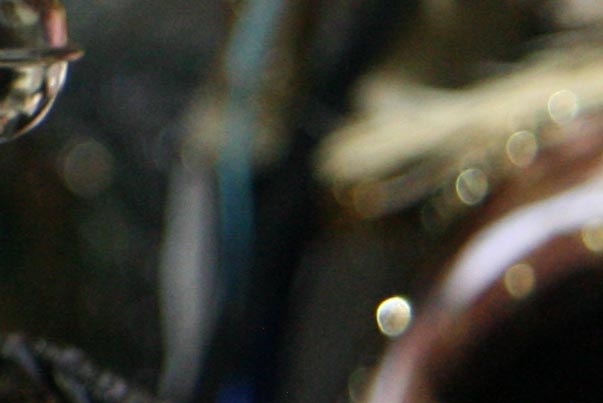
Real World Testing and Pixel Sniffing
Three years of real world testing have told me what I know about the 5D's high ISO performance. I summarised it in Part 1. ISO 1600 is useable, even in difficult situations such as the low-contrast seascape example I gave. ISO 3200 is useable in appropriate lighting conditions, such as the Vietnamese scooter photo, but would probably spoil a landscape. I am not particularly afraid of ISO 800 in any conditions, although I will always try to get the ISO as low as possible.
If I take 3 years to reach my conclusions on the Mark II people would not be interested. So I did a fairly shameful thing and took a series of photos of a cushion in a darkened corner of my study. I know this is not much better than taking pictures of crayons and postage stamps under studio lighting and I deserved all I got. I did actually get some useful illustrations from that test, but not about noise! The Mark II result at ISO 1600 looked better than the 5D at ISO 100, as it just so happened that the Mark II's resolution was enough to properly resolve the weave of the material and avoid a horrible moiré problem the 5D was having.
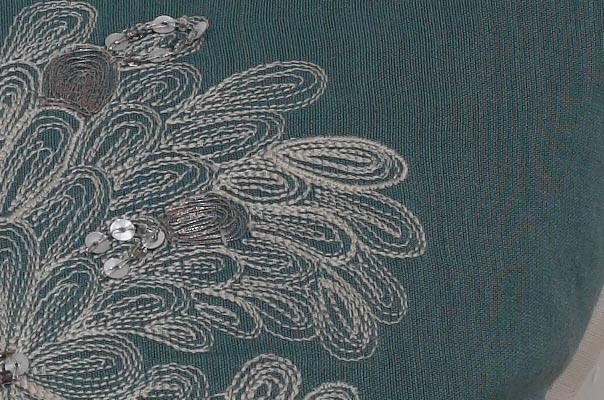
Above - EOS 5D, ISO 100 (4 seconds f8). Below 5D Mark II, ISO 1600 (1/8th second f8)

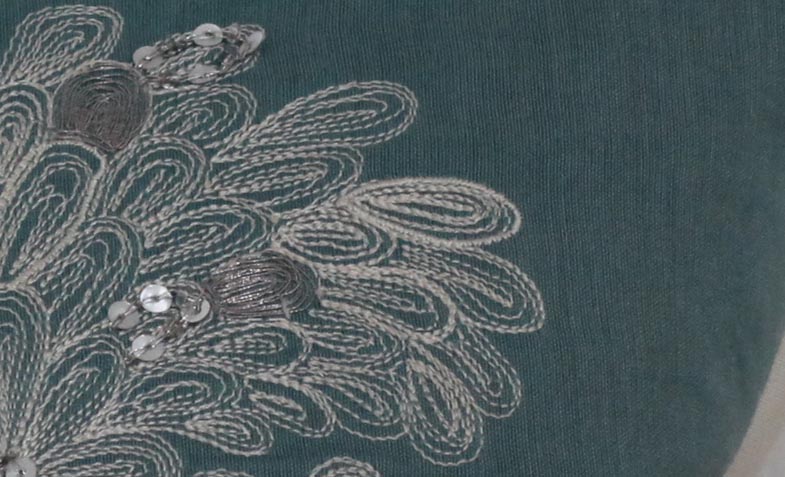
These two images illustrate the point I made above about processing. If the top one was the Nikon D3x and the bottom the 5D Mark II, you may be convinced the extra £5000 is worth it. But they are the same image from the 5D Mark II, the top processed from RAW and the bottom a standard JPEG, straight out of the camera. After the 5D's sensor does a good job of resolving every stitch in the weave, its JPEG processing has a pretty good attempt at wiping all that detail out with noise reduction.